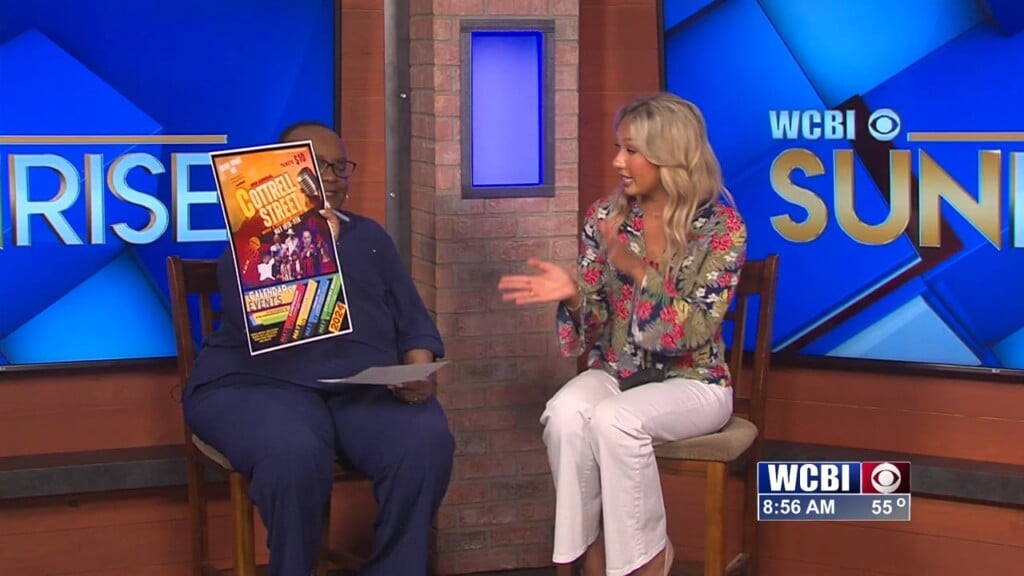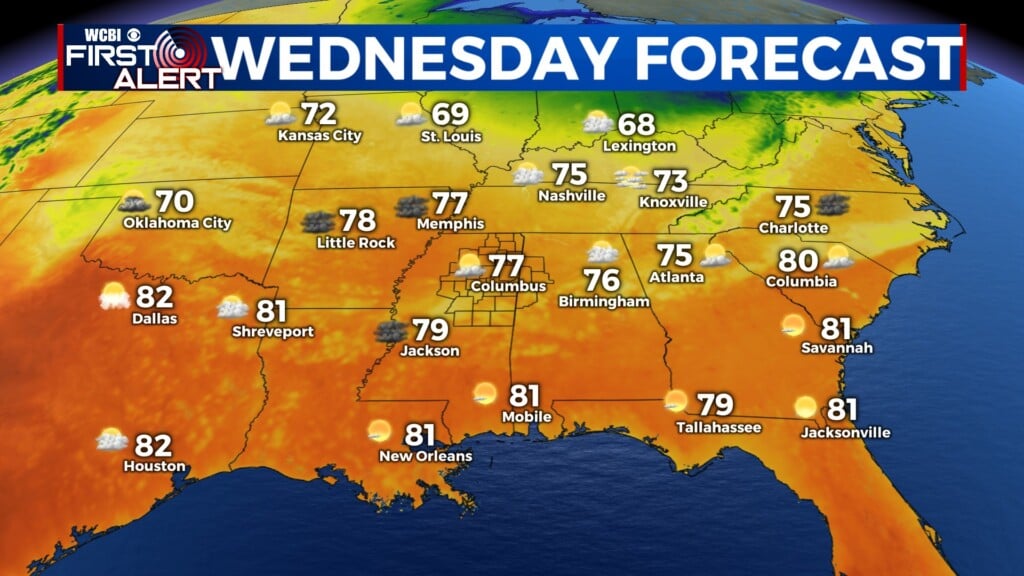FNC Report: Larger Homes Show Faster Appreciation than Smaller Homes Over the Past Decade
OXFORD, Miss. (Press Release) — Analyzing decade-long data of single-family residential home sales, a new report released today by mortgage technology company FNC shows that property appreciation rates are generally much higher for larger homes.
The “Examining Residential Home Sales” report provides a detailed look into the characteristics of existing single-family homes that are bought and sold in the marketplace. Inside the report, compiled from FNC’s National Collateral DatabaseTM ─ one of the most comprehensive and current repositories of property transactions and appraisal information ─ the characteristics of residential home sales such as property age, living area size, ownership duration, loan origination vintage, and home foreclosures are tracked and analyzed.
“Information contained in the report can provide insight about the latest market conditions and about any long-term structural changes that may be developing in the single-family property market,” said Robert Dorsey, FNC co-founder and chief of data and analytics.
“For instance, a profile of long-term trends in how different types of properties have appreciated over the years shows that larger homes have generally risen in value faster than smaller homes both before and after the last boom-bust housing cycle. The gap persisted, although narrowed quite a bit, during the worst of the housing recession,” Dorsey said. ”Such information is valuable but often hard to quantify because detailed property information can be difficult to find.”
According to the report, median normal-sale homes in October saw a positive 2.4 percent annualized rate of appreciation upon resale. When broken down by the timing of a resale home’s prior purchase, homeowners and investors who entered the market in 2010 or later have captured a substantial return at 14.3 percent on average.
“As the market continues to gain traction through the post-recession recovery, we are seeing significant declines in the turnovers of homes held for short periods. Year to date, nearly one in three residential home sales have come instead from homes that have been held for at least a decade or longer—signs of increased participation by trade-up buyers,” said FNC Director of Research Yanling Mayer.
The report also shows that foreclosure price discounts ─ which compare a foreclosed home’s estimated market value (assuming a normal sale) to the price paid by investors or home buyers ─ are at levels only slightly above those attained in 2000-2002 prior to the housing run-up, but can vary considerably depending on the property.
“Although foreclosure sales rates are dwindling to pre-crisis levels, our loan-origination -vintage based analysis reveals that homes purchased during 2010-2011 have become the fastest rising foreclosure cohort, up from 3.3% by the end of 2010 to 19.1% in the third quarter of 2014,” Mayer said. “Considering that average home prices have been up about 15% from 2011 and 10% since 2010, it is somewhat surprising to see a persistent climb in this loan cohort’s share of foreclosure sales.”
More highlights from FNC’s Examining Residential Homes Sales report:
Median sales prices on normal sales are up 30 percent since 2011, from $160,000 (early 2011) to $208,000 (October 2014).
- The same-period trends on foreclosure prices are flat.
- Home prices rose about 17 percent 2011 to date, according to the FNC Residential Price Index, a measure of underlying home values based on normal sales only.
The latest October data shows that price per square foot among normal sales is $120.3, compared to $73.2 on foreclosure sales.
- Normal-sale properties are typically larger than foreclosure sales: 1,690 s.f. versus 1,450 s.f. for foreclosures
- Foreclosed properties are typically older than normal-sale properties: 30 years versus 25 years for normal sales
Broken down by loan origination vintage, homes mortgaged during the 2002-2005 housing run-up remain the largest cohort among foreclosure sales (25.9 percent), despite dropping from 42.5 percent at the start of 2010.
- Prior to 2002 loan cohort: 22.8 percent
- 2006-2007 loan cohort: 20.1 percent
- 2010-2011: 19.2 percent 2008-2009: 8.8 percent 2012 & after: 3.3 percent
The foreclosure sales rate among homes purchased in 2008-2009 have not experienced an abnormal climb and seem to have peaked in early 2014 at about 10%.
Foreclosure price discounts are much lower among higher-priced homes.
- 6-7 percent for those with a prior purchase price above $500,000
- 17-19 percent for those with a prior price between $150,000-$350,000
A 10-year comparison of ownership duration on existing-home sales reveals a significant decline in the turnover of homes held for short periods.
- 2004: 11.9 percent held for 18 months or less & 18.1 percent between 18-36 months
- 2014: 5.8 percent held for 18 months or less & 7.6 percent between 18-36 months
Based on annualized percentage change in an existing home’s prior purchase price and subsequent repeat-sale or resale:
- New homes (age 5 or below) experienced abnormal accelerations in appreciation rates during the housing run-up, followed by the fastest decelerations and declines in the bust.
- Homes aged 6-10 and 11-15 tend to experience the lowest price appreciation.
- Older homes (aged 41-70 and older) generally appreciate faster relative to other age groups with the exception of newer homes.





Leave a Reply